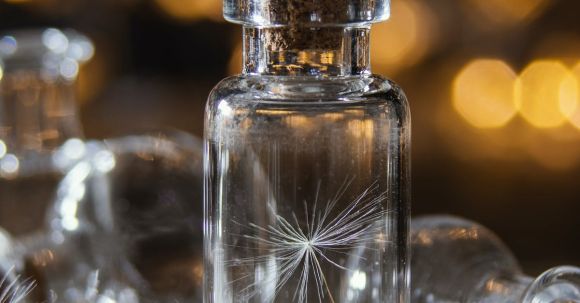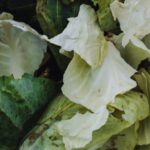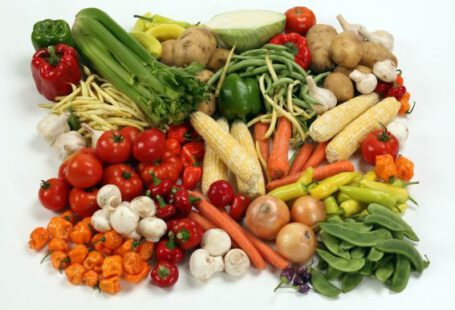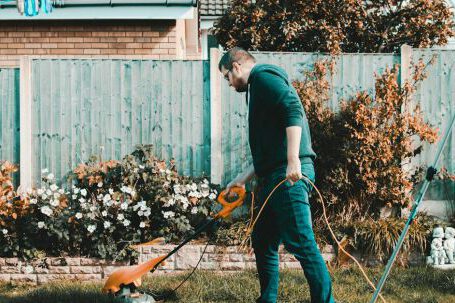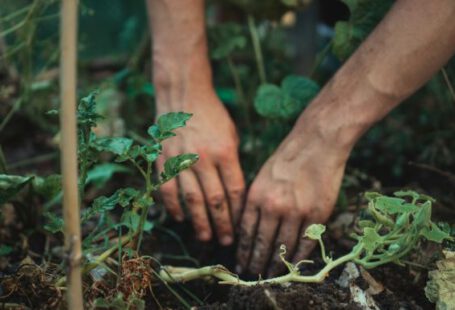Saving seeds is an essential practice for organic gardeners. It not only ensures a continuous supply of plants but also helps preserve genetic diversity. By saving seeds, you can cultivate plants that are well-adapted to your specific growing conditions. In this article, we will explore the process of saving seeds for organic gardening.
Selecting the Right Plants
The first step in saving seeds is to choose the right plants. Look for open-pollinated or heirloom varieties as they will produce seeds that will grow true to the parent plant. Avoid hybrid plants as their seeds may not be stable and may not produce the same characteristics as the parent plant. Select plants that are healthy, disease-free, and have desirable traits such as flavor, size, or productivity.
Timing is Everything
To save high-quality seeds, timing is crucial. Allow the plants to fully mature and produce viable seeds. This means not harvesting the fruits or vegetables for consumption. Let them stay on the plant until they are fully ripe or until the seeds are fully developed. For example, tomatoes should be left on the vine until they are fully ripe and the seeds are ready to be harvested.
Harvesting and Cleaning
Once the seeds are ready, it’s time to harvest them. Remove the fruits or vegetables from the plant and separate the seeds from the flesh. This can be done by squishing the fruit or vegetable and washing away the pulp or by simply cutting open the fruit and removing the seeds. For smaller seeds, you can shake the plants or gently rub the seed heads to release the seeds.
After harvesting, it’s important to clean the seeds to remove any debris or remaining pulp. This can be done by rinsing the seeds in water and using a fine sieve to separate them from any unwanted material. Allow the seeds to dry completely before storing them. This will prevent them from rotting or developing mold during storage.
Storing the Seeds
Proper storage is crucial to maintain the viability of the seeds. Place the dried seeds in labeled envelopes or small glass jars. Store them in a cool, dark, and dry place, such as a pantry or refrigerator. Make sure the seeds are completely dry before sealing them to prevent moisture build-up. Additionally, it’s a good idea to include a desiccant packet or a small amount of dry rice to absorb any excess moisture.
Labeling and Recordkeeping
To ensure you can easily identify and keep track of your saved seeds, it’s important to label them properly. Write down the name of the plant, the variety, and the date of harvest on each seed packet or container. This will help you remember which seeds are which and how old they are. Keeping a record of your saved seeds will also allow you to track their germination rates and overall success over time.
Experiment and Learn
Saving seeds is not an exact science, and it may take some trial and error to find the best methods that work for you and your specific gardening conditions. Don’t be afraid to experiment and learn from your experiences. Keep notes on what works and what doesn’t, and adjust your techniques accordingly. Over time, you will become more skilled at saving seeds and producing healthy, thriving plants.
In conclusion,
Saving seeds for organic gardening is a rewarding and sustainable practice. It allows you to maintain a diverse and resilient garden while ensuring a continuous supply of plants. By following the steps outlined in this article, you can successfully save and store seeds for future planting. So, roll up your sleeves, get your hands dirty, and start saving seeds for a greener, more self-sufficient garden. Happy gardening!
